Our history
Headington Rye Oxford has a rich history dating back to 1915. At a time when few were thinking about the importance of educating girls, a group of evangelical Christians established a new school in Oxford, then known as Headington. Rye St Antony was founded by a pair of Oxford teachers in 1930. In 2024, the two schools became one as Headington Rye Oxford.
- Headington School
- Rye St Antony School
- Headington Rye Oxford
1915
1915
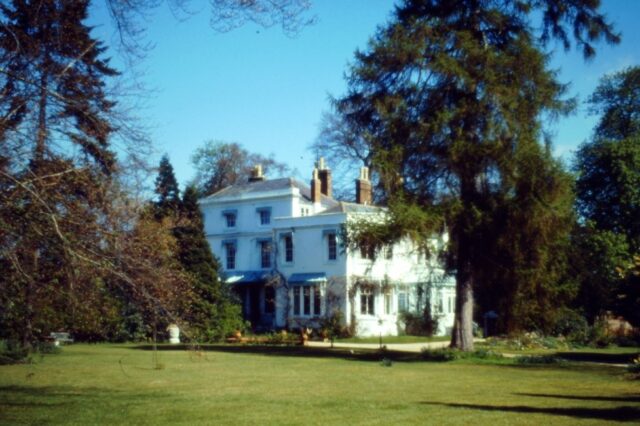
Headington School opens in its first home, White Lodge in Osler Road, with just 18 girls aged five to 17, ten boarders and five day girls. There are six teachers and a non-teaching housemistress. The School is officially opened by the Bishop of Liverpool, Francis Chavasse and Miss Annie MacGregor is the first Headmistress.
1917
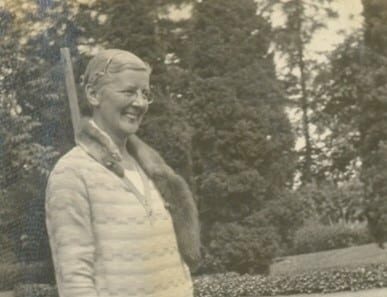
Brookside at 26 London Road (used today for Sixth Form classes) is rented and is used as the main school building, while White Lodge is used solely for boarding provision. Miss Kathleen Porcher takes over as Headmistress and Napier House in Pullens Lane is rented as a boarding house.
1920
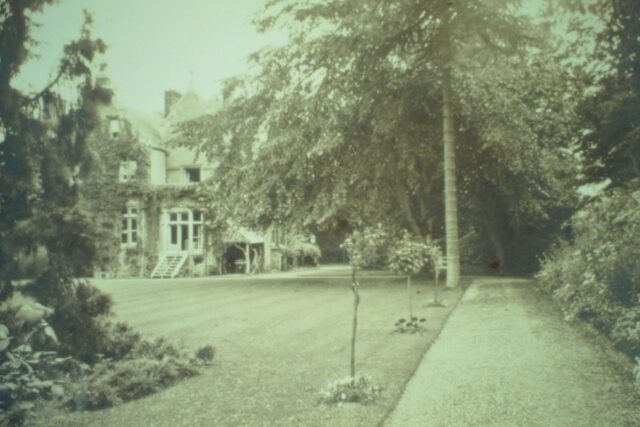
The School continues to expand and acquires a number of buildings. Hillstow in London Road, Davenport House and 21 acres of land are purchased.
1930
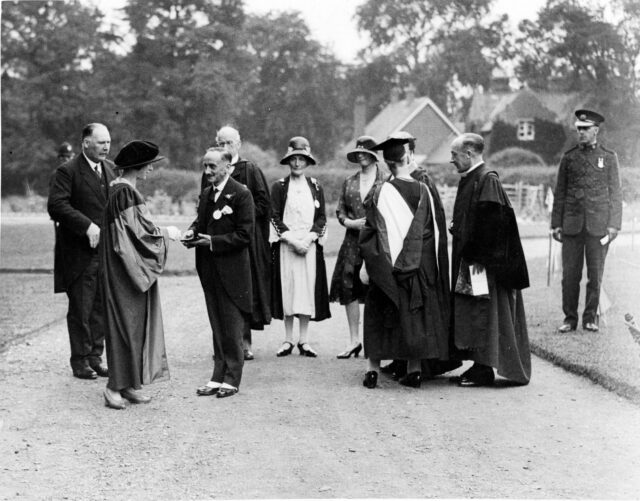
Following years of planning and fundraising, and a two-year building programme, the main school building is officially opened by HRH Princess Mary on 20th June 1930. In 1931, Napier House in Pullens Lane is sold and Brookside is renamed Napier. Miss Marjorie Moller takes over the reins as Headmistress in 1934.
1930
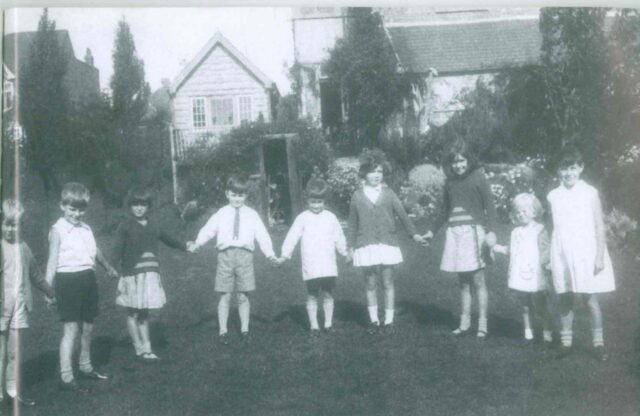
Rye St Antony is founded by Oxford teachers Elizabeth Rendall and Ivy King following a visit to St Anthony’s of Padua Church in Rye, East Sussex. The School opens in the Homestead, Hamilton Road, with eight day children, where it remains for three terms before moving to 84 Woodstock Road. Boarding begins at Woodstock Road with four boarders.
1939 - 1945
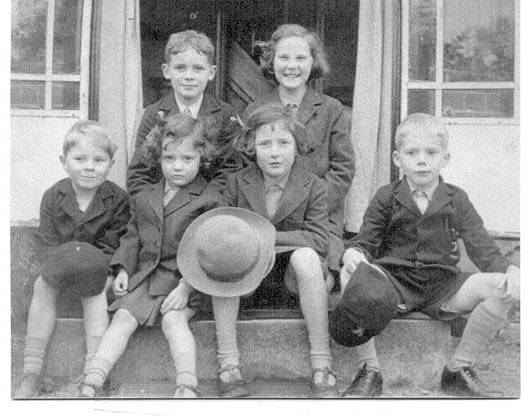
On 2nd September 1939, the school gym is used as a reception centre for mothers and babies. Headington hosts large numbers of evacuees from Francis Holland School and Wycombe Abbey, along with a small number of refugees from overseas sponsored by the School. Air raid shelters are built in the Junior School playground and outside Hillstow and staff organise a firewatching rota. Children knit scarves and write letters to seamen on board HMS Hood. In 1941, the school grounds are given over to the local community for allotments. In June 1940, Davenport is requisitioned as a maternity hospital.
1939-1945
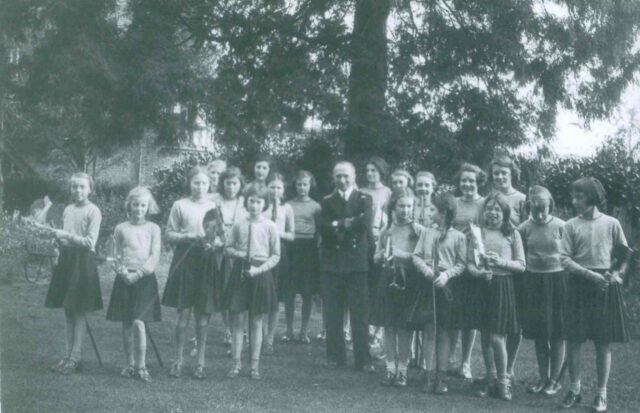
As war is imminent, the School purchases and relocates to Langley Lodge. Staff join locals to act as 'fire-watch', staff and pupils grow vegetables and make jam. The children 'adopt' a Polish ship, writing letters, cards and exchanging gifts. Rye expands into neighbouring properties in Pullens Lane and in 1944, with 42 boarders and 17 day girls on the role, purchases the Croft, the cottage and several acres of land. The site is now two large Victorian houses and 12 acres of garden and woodland.
1951-1959
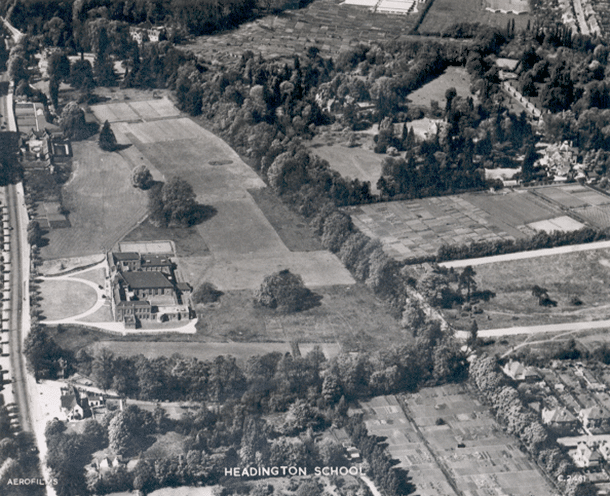
The School undertakes a programme of tree planting to commemorate the Festival of Britain and in 1952, an orchard of 48 trees is planted to the east of the school site. An annual bursary of £30 to support the daughter of a Headingtonian is launched by the Old Headingtonians' League. In 1957, the land east of the Davenport estate is sold for the construction of Headley Way. Miss Peggy Dunn takes over as Headmistress in 1959.
1952-1959
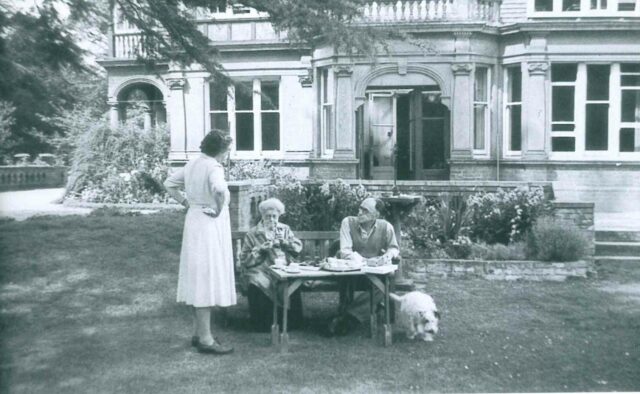
With 75 pupils, in 1952 the School is inspected and recognised by the Ministry of Education. In 1957, Miss Elizabeth Rendall retires and Miss Ivy King is appointed Headmistress in 1959.
1961-1969
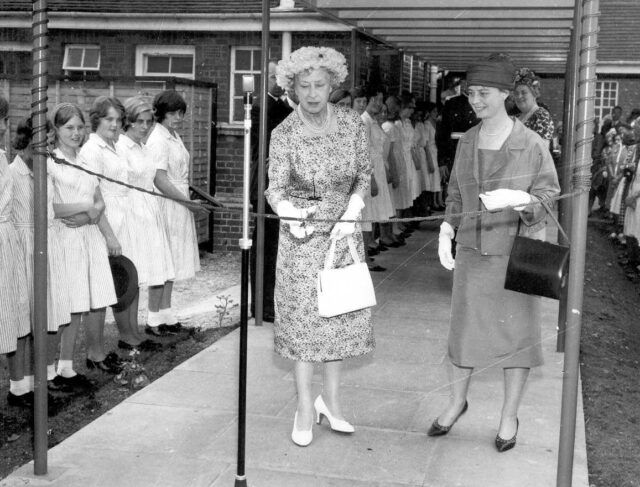
Hillstow, its adjoining land and the Headmistress' cottage are sold. The second Hillstow (now Celia Marsh), Latimer House and house for Headmistress are built in 1961-1962. HRH the Princess Royal returns to open Latimer House and Hillstow in 1963. This year, the first dance with boys from Magdalen College School, St Edward's School, Stowe School and Abingdon School takes place. A programme of building continues, with an extension to the Junior School completed in 1964 and Science and Modern Languages buildings opened by Sir John Cockcroft in 1966. Davenport cottages are rebuilt, the swimming pool enlarged and deepened and a new bursary and sanitorium are opened in 1969.
1960-1968
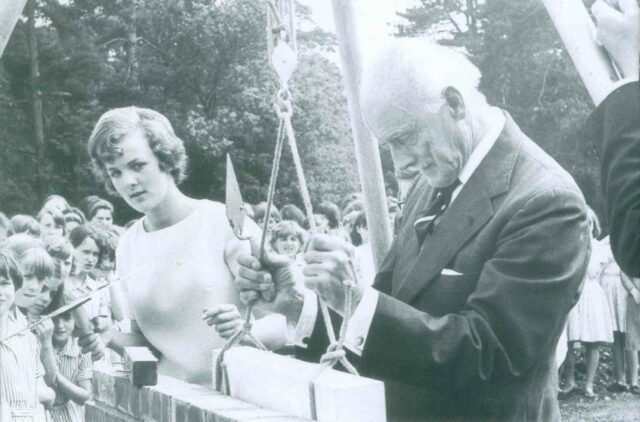
Miss Elizabeth Rendall dies in 1960 and, in 1963, the school becomes an educational trust with a governing body. The Tangerine Party, an informal carol concert where pupils and parents are served tangerines and Christmas cake, is born, in memory of the fruit and tangerines soldiers sent pupils during rationing. Sir Patrick Duff lays the foundation stone of the Elizabeth Rendall Memorial Hall in 1966. The building is completed in 1968 and blessed by Monsignor Doran, Parish Priest of St Antony of Padua. For the first time there is a large enough space for the whole school to come together for assemblies. There are 108 boarders and 47 day girls on roll.
1972-1979
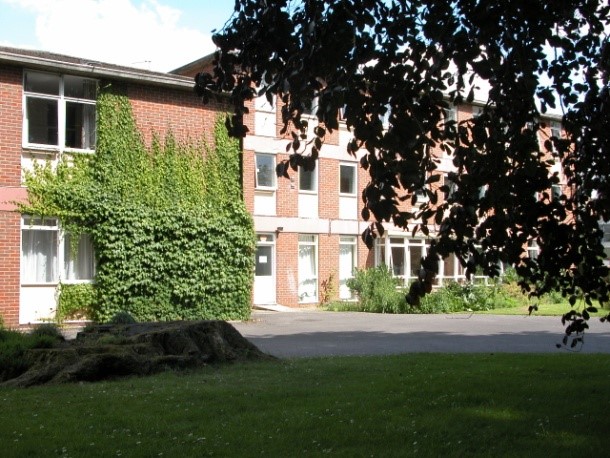
The second Hillstow is converted into a Sixth Form boarding house named Celia Marsh House and the third (current) Hillstow opened by Baroness Young. The Silver Jubilee Building is opened by Lord Blake in 1977 and, in 1977, the first Headington Ball makes £600 profit.
1970-1976
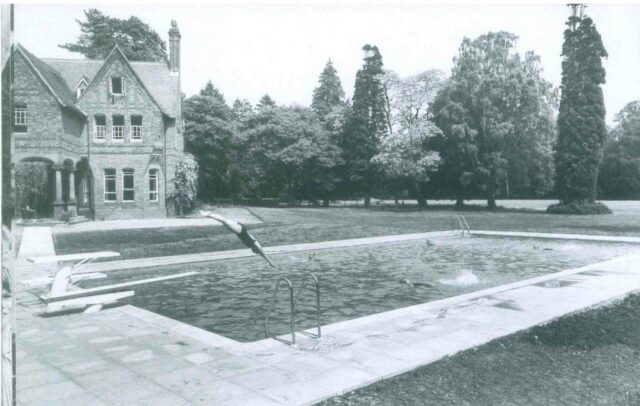
Special celebrations including a Mass of Thanksgiving, Prize Giving, and Birthday Tea Party are held to mark Rye's 40th anniversary. A swimming pool is built, becoming a firm feature for both competitive swimming, sponsored events and families in the summer holidays. Miss Ivy King retires in 1976 and is succeeded as Headmistress by Miss Patsy Sumpter. An annexe is built onto the Croft to provide further dormitory accommodation and the Cottage is dedicated to Sixth Form use.
1982-1989
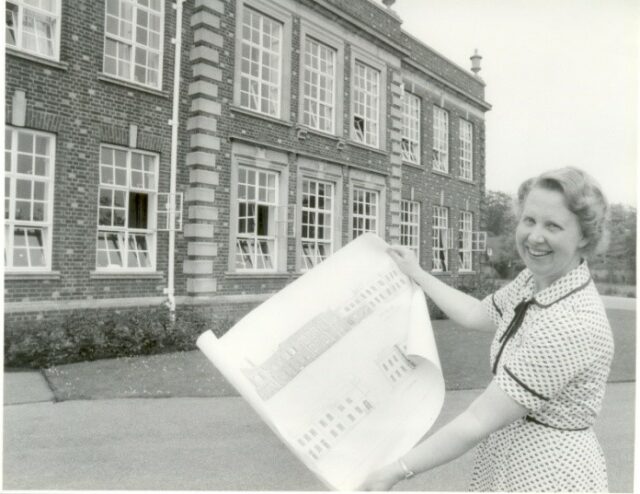
Miss Elizabeth Tucker is appointed Headmistress in 1982. An east wing/science block is added to the main school building in 1985 and a new library block - the west wing of the School - is completed and officially opened in 1989 by Miss Peggy Dunn.
1980
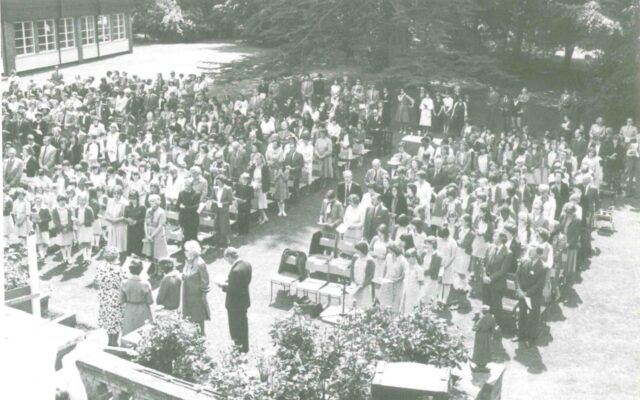
Rye St Antony celebrates its Golden Jubilee with a weekend of activities. These include a number of productions, barbecue, disco, fete, dinner dance, lunch, reunion, Thirties Exhibition and Thanksgiving Mass, celebrated by the Archbishop of Birmingham, Father Manners, Father Algy Shearburn and Monisgnor Doran.
1990-1998
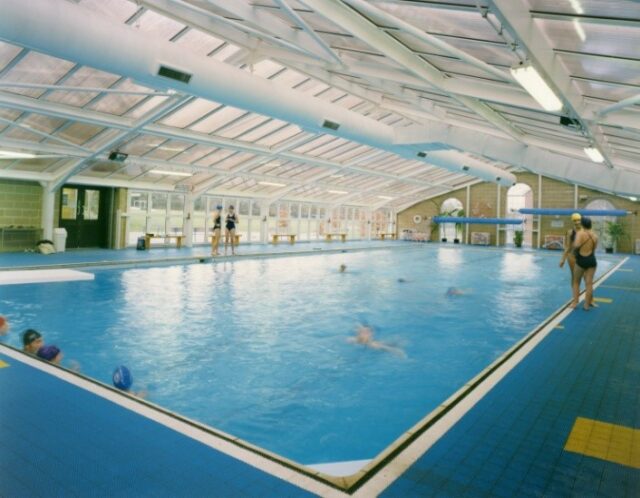
Headington gets a Coat of Arms to commemorate its 75th anniversary, which is celebrated with a pageant in 1990. There are a flurry of sporting and boarding developments. In 1991, a crew from the School enters the Head of the River for the first time and the next year, Headington School Oxford Boat Club is officially established. The Swimming Pool building is opened by Sir Roger Bannister in 1994 and the Sports Hall by Yinka Idowu in 1995. In 1993, Napier boarders move out of the Junior School and in 1997 Davenport becomes the junior boarding house for ages 9-13 and Hillstow the Senior boarding house for ages 13-15. In 1996 Mrs Hilary Fender is appointed Headmistress and the following year, the Nursery opens. A new Art school is opened by Lady Bannister in 1998.
1990-1993
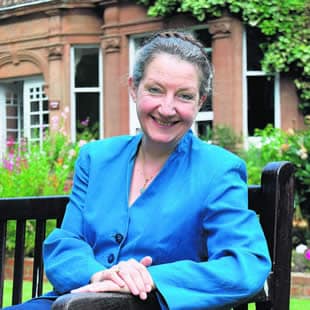
Miss Alison Jones becomes Rye St Antony's fourth Headmistress, a role she holds for 28 years. During her time, she oversees the introduction of the Nursery. In 1993, the Ivy King Award (later renamed the King Award) is established by Miss Gwen King in memory of her sister to recognise merit and support the development of individual talents.
2002-2004
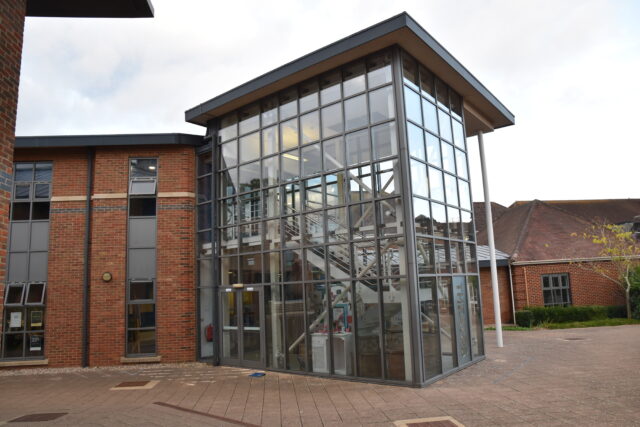
Headington establishes its CCF army contingent in 2002 and the Theatre is opened by Joanna Trollope. The third Napier boarding house is opened by newsreader and Headingtonian Julia Somerville in 2003. That year, Mrs Anne Coutts is appointed Headmistress. In 2004 the Junior School becomes the Prep School.
2000- 2004
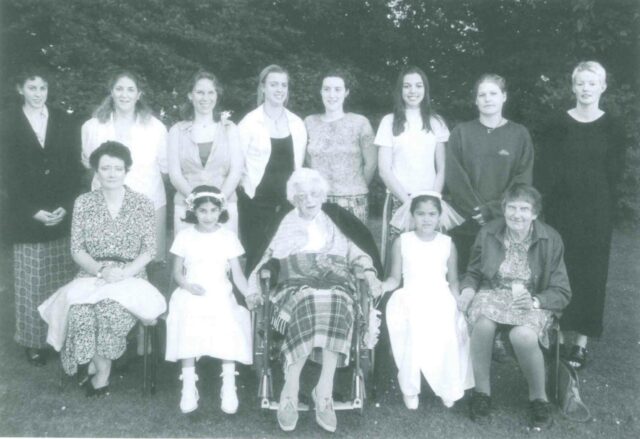
Miss Gwen, Ivy King's sister dies aged 99 in 2000 and a mass is held in her memory at St Anthony of Padua Church. The old English blocks are demolished in 2004 to make way for a new performing arts block.
2005-2009
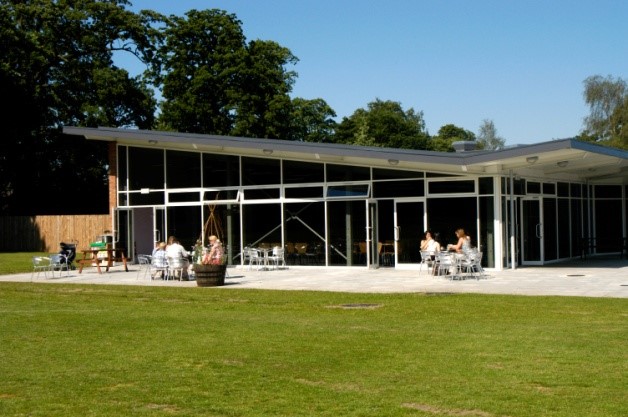
The Dining Hall opens in 2005. A new all-weather pitch is opened by Governor Chris Harris in 2008. Parent and musician Brian Eno opens the Music School in 2009.
2005-2008
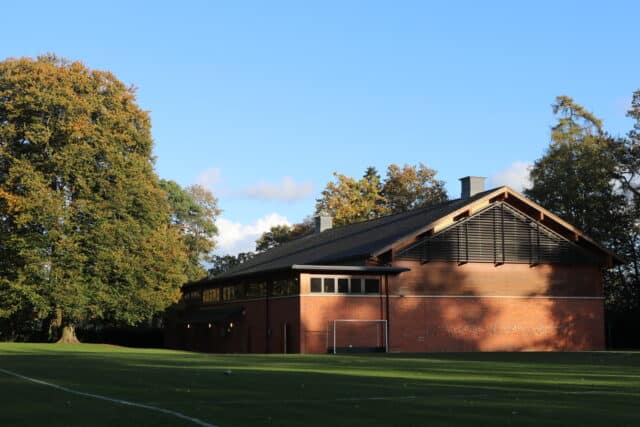
The high-specification Performing Arts Centre opens in 2005 and, in 2008, the new Morton Sports Centre is completed and opened by Olympic sailing gold medallist Pippa Wilson. The 75th anniversary is marked with a ball, fete and celebration mass.
2011-2014
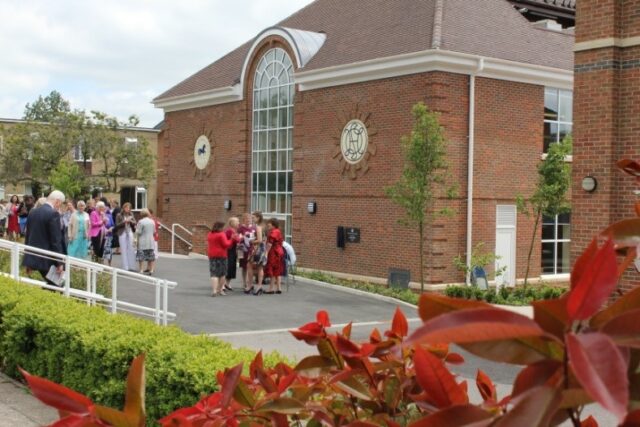
Mrs Caroline Jordan is appointed Headmistress. The Diamond Jubilee building is opened in 2012 and, in 2013, dedicated to former Headmistress Miss Peggy Dunn. In 2013, new Prep School buildings are opened by Headingtonian and Paralympic gold medallist Lily van den Broeke.
2010-2014
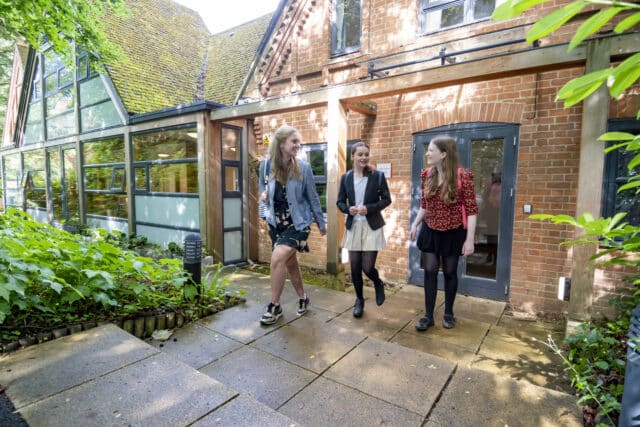
Both the self-contained Sixth Form Centre and the Cottage Boarding House are redeveloped.
2015-2019
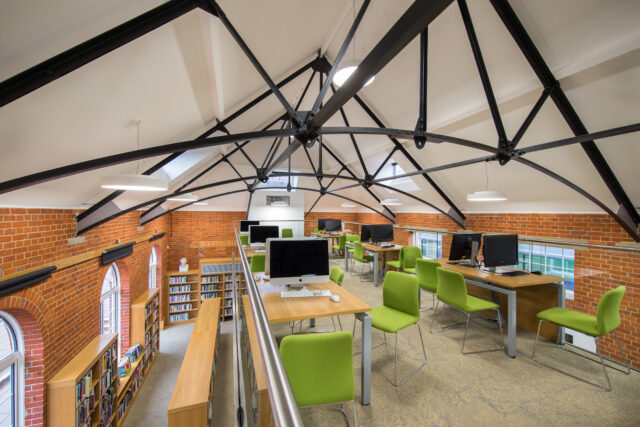
Headington holds a year of celebrations to mark its centenary, including the Centenary Arts Festival in the Sheldonian Theatre and Ashmolean Museum. The new Dance and Fitness Centre opens in 2015, followed by new school library in 2016 and new, upgraded Science laboratories in 2017. A major refurbishment project to create a new Sixth Form Centre finishes in 2019.
2015-2018
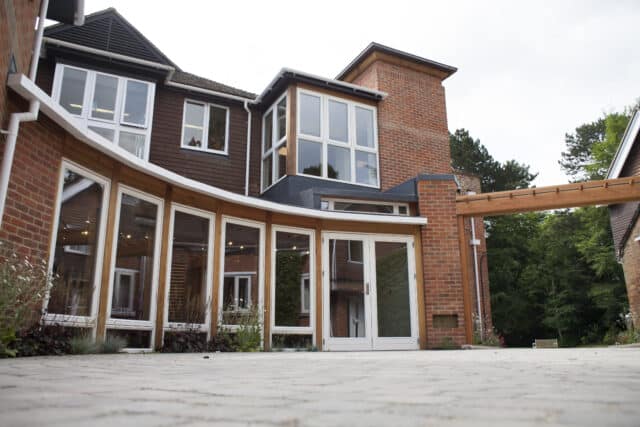
A new reception area, state of the art ICT Suite and Food & Nutrition centre is built. In 2018, Mrs Sarah Ryan is appointed Headmistress.
2020-2023
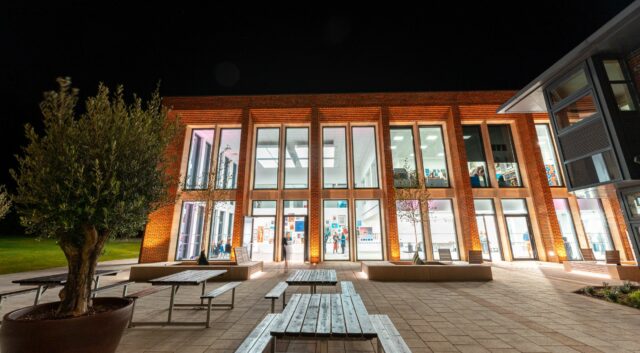
As the global COVID-19 pandemic hits, Headington transfers to remote learning. Pupils join lessons online from all over the world. The Prep School remains open to children of key workers during lockdown. As restrictions ease, a new Creativity & Innovation Centre: the Hive opens in 2021. The former Art School is converted into state of the art teaching and demonstration kitchens and is opened by chef and restaurateur Prue Leith in September 2022.
2020
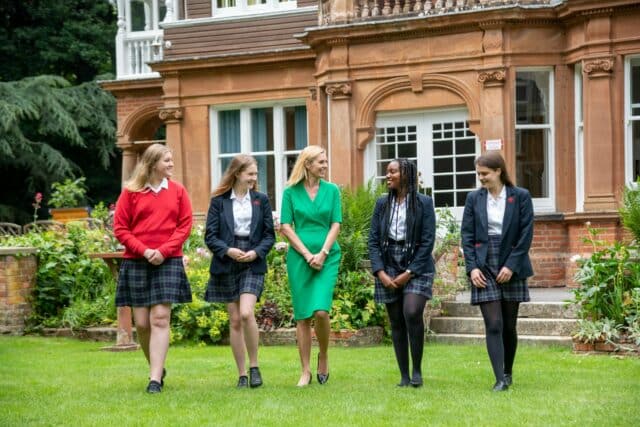
Deputy Headmistress Miss Joanne Croft takes over as Rye St Antony's sixth Headmistress. She guides the School through the COVID-19 pandemic. Children of key workers continue to come into lessons during lockdown while the rest of the pupils log in from their homes. The Tangerine Party takes place al fresco to comply with regulations while boxes of tangerines are sent home to those who cannot attend.
2024
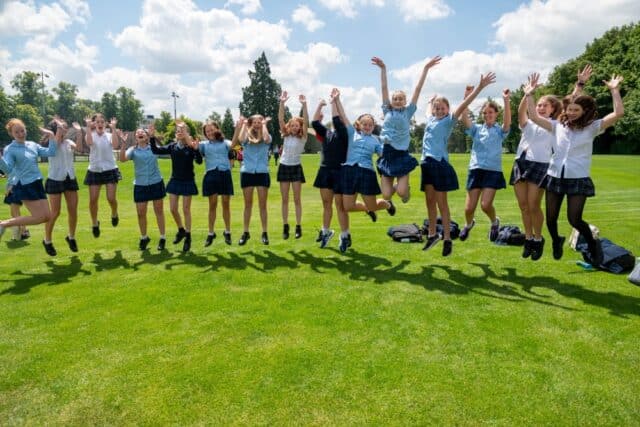
Headington School and Rye St Antony merge to form a single, all-through school known as Headington Rye Oxford, with a prep school for girls and boys aged 3-11 located on the 12-acre Rye site, and a senior school for girls aged 11-18 based on the adjacent 23-acre Headington senior school site.

